What Are Opiates?
Opiates are chemical compounds extracted from the opium poppy plant. They activate opioid receptors, which are brain and body nerve cells that block pain signals between the brain and the body.
As a result, they’re frequently used to create a variety of legal and illegal drugs with powerful effects regarding pain relief. They are also known to cause drug addiction.
Examples of opiates include:
Note that while opiate is often used interchangeably with the word opioid, they are not the same. Unlike opiates, opioids are semi-synthetic or fully synthetic drugs made in the lab rather than grown in a field.
Examples of semi-synthetic opioids include:
- Oxycodone
- Hydrocodone
- Hydromorphone
- Buprenorphine
Examples of synthetic opioids include:
- Methadone
- Fentanyl
- Tramadol
The most common effect of opiates (and opioids) is a feeling of intense euphoria.
Other effects include:
- Sleepiness
- Relaxation
- Nausea
- Vomiting
- Constipation
- Slowed breathing
Opiates are extremely addictive and dangerous if abused. They also appear in urine testing, as well as among other testing methods. In this article, we’ll explore the dangers, as well as how long opiates stay in your system, appear in drug tests, opiate withdrawal, and opiate addiction treatment. If you’re interested in treatment programs for substance abuse, contact our recovery center today and learn more.
What Are the Signs of Opiate Addiction?
The signs of opiate addiction can vary between individuals and can be physical, psychological, and behavioral.
Physical signs:
- Increased tolerance to opiates — Needing more to achieve the same effect
- Weight loss
- Sleeping more or less than usual
- Neglecting personal grooming
- Constipation — Opiates often slow the digestive system
- Constricted or “pinpoint” pupils
- Physical agitation or lethargy
- Changes in appetite
Psychological signs:
- Mood swings
- Depression — Many people with opiate addiction also have depression
- Anxiety — This can be both a cause and a symptom of opiate addiction
- Euphoria
- Trouble thinking clearly or making decisions
- Lack of interest in activities once enjoyed
- Short-term memory issues
Behavioral signs:
- Doctor shopping — Going to multiple doctors to obtain more pills
- Pulling away from friends and family
- Legal issues
- Changes in social circles
- Failing to do well at work, school, or home
If you or someone you know is showing signs of opiate addiction, it’s important to seek professional help. Treatment is available and can include medications to manage withdrawal symptoms and cravings, as well as counseling to help change behaviors and cope with cravings.
Remember, the sooner your problem is identified and treated, the better the chances are for recovery.
Get confidential help from our addiction treatment specialists in Orange County. Call to join our rehab program today!
Call 866-881-1184What is the Timeline for Opiate Withdrawal?
Withdrawal from opiates can be a dangerous process. The timeline for withdrawal symptoms can vary depending on whether the opiate is short or long-acting, as well as the duration of use, the dosage, and the individual’s overall health. However, generally, the opiate withdrawal timeline can be described as follows:
The opiate withdrawal timeline usually begins eight to thirty hours after the last dose and lasts four to ten days. Some people will experience opiate withdrawal symptoms quickly, while others may experience symptoms for a month or longer.
24-72 Hours After Last Dose
Initial withdrawal symptoms typically start within 6 to 12 hours for short-acting opiates, and within 30 hours for longer-acting ones.
These symptoms can include anxiety, restlessness, insomnia, and excessive yawning.
As the withdrawal progresses, more physical symptoms can start to occur, such as sweating, runny nose, teary eyes, rapid heartbeat, high blood pressure, fever, and muscle aches.
Some individuals may also experience stomach issues, such as nausea, vomiting, and diarrhea.
Day 3-5
By this time, the symptoms usually reach their peak and can be the most uncomfortable. This is often the most difficult period of opiate withdrawal.
Symptoms during this period can include all of those mentioned above, along with abdominal cramping, dilated pupils, goosebumps, and possibly blurred vision.
Day 6-7
The acute phase of withdrawal typically starts to subside around this time. The most severe physical symptoms generally decrease, but milder symptoms may persist.
The individual may still experience mood swings, and fatigue, as well as sleep disturbances.
Day 8 and Beyond
Most of the physical symptoms should be gone by this time, but psychological and emotional issues can persist.
Post-acute withdrawal syndrome (PAWS) can occur, which is a set of withdrawal symptoms that occur following the acute withdrawal phase. PAWS can include depression, anxiety, irritability, low energy, trouble sleeping, and a reduced ability to handle stress.
These symptoms can last for several weeks or even months but usually decrease over time.
Looking for quality substance abuse treatment that’s also affordable? South Coast accepts most major insurance providers. Get a free insurance benefits check now.
Check Your CoverageAre There Treatment Options Available?
If you or a loved one is suffering from opiate addiction, South Coast Behavioral Health is here to help. We offer dual diagnosis treatment for co-occurring disorders. This can help you overcome the cycle of addiction and mental illness.
We offer a fully accredited medical detox program for those ready to start treatment. Here, in a safe and welcoming environment, our certified medical detox professionals will support you with round-the-clock care as you detox from opiates.
After detoxing, proper treatment can begin. However, there are several different approaches to treating opioid addiction. These include:
Residential Treatment
After completing medical detox, you’ll transition to residential treatment, also known as inpatient treatment. There, you’ll receive medically-assisted treatment and dual diagnosis treatment to deal with any cravings or co-occurring mental health issues you may be battling. Individual therapy and group therapy are helpful during this stage of recovery.
In addition to individual and group counseling and medication management, you’ll also have access to leisure activities and family support services.
Partial Hospitalization
A step down from inpatient care but with more structure than conventional outpatient programs, partial hospitalization offers a good balance for those looking to ease back into normal life. Clients can receive care five to seven days a week for several hours each day, returning back to their homes in the evening.
This way, they can recover without putting their daily lives on hold, receiving intense therapeutic interventions like group and individual therapy, skill development, and medication management as necessary.
Intensive Outpatient Treatment
Clients undergoing this program participate in intensive therapy sessions, meeting three to five days a week, with each session lasting three hours. This level of care is a step down from partial hospitalization, requiring less time commitment.
IOPs offer participants the ability to continue their employment or academic obligations, receiving support and therapy as needed as they prepare to reenter society.
Outpatient Care
Finally, there’s outpatient care. Outpatient programs allow clients to receive care without neglecting their responsibilities at home. It also tends to be significantly more affordable than higher levels of care. The goal of our recovery center is to provide quality care. Not all rehab facilities are the same. It’s always better to choose the one offering unique treatment plans for issues like heroin addiction, prescription opioid addiction, fentanyl addiction, codeine addiction, morphine addiction, and more.
If you use opiates regularly, they will show up in drug tests and urine testing. Rather than try to beat these drug tests, let us help you reach sobriety. Our substance abuse treatment programs can help. If you or a loved one are thinking of seeking opioid addiction treatment but don’t know where to turn for help, call us at 866-881-1184 or use our website contact form. Our treatment team will be happy to help give you an idea of what to expect in drug addiction treatment as well as help verify your insurance.










